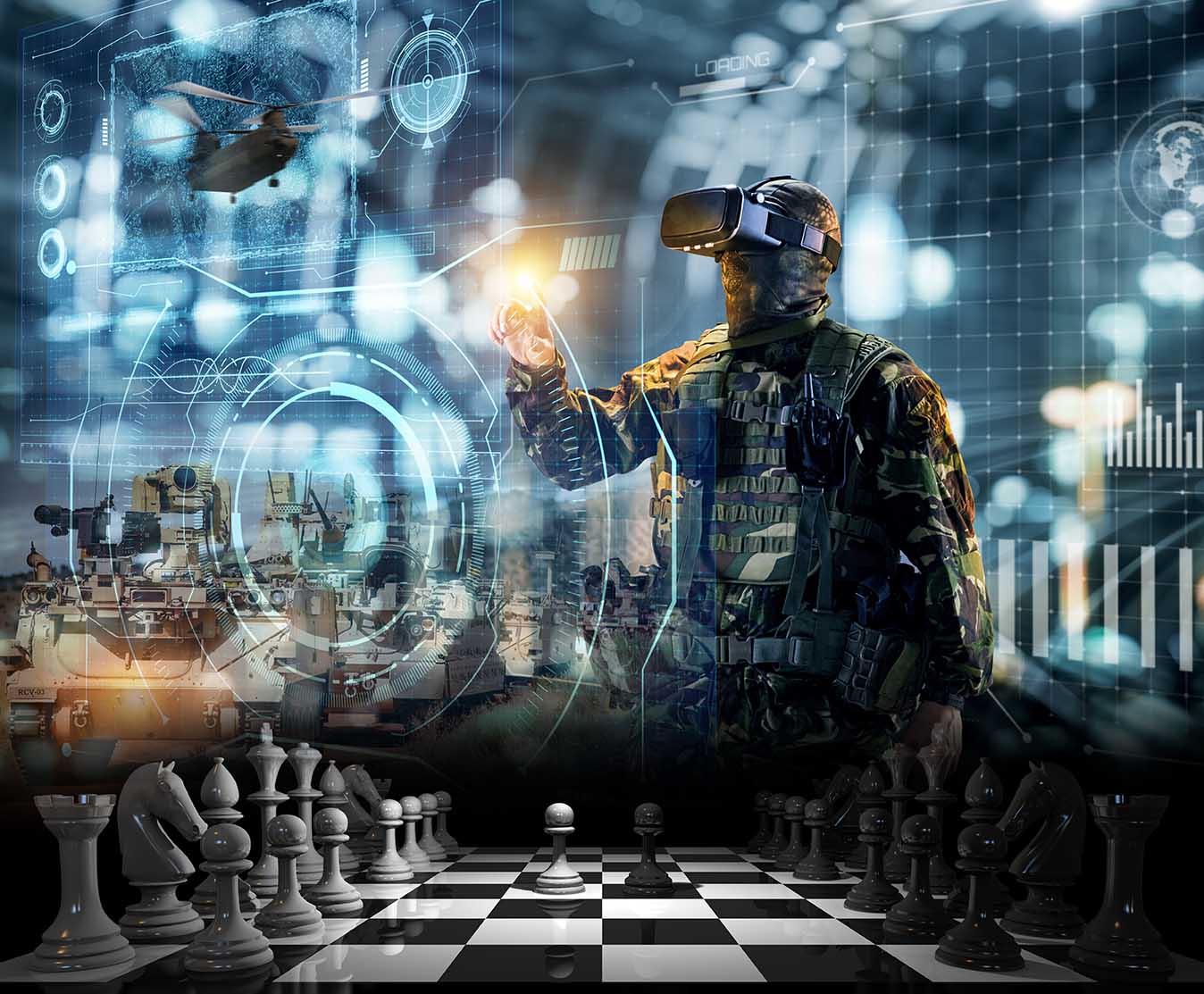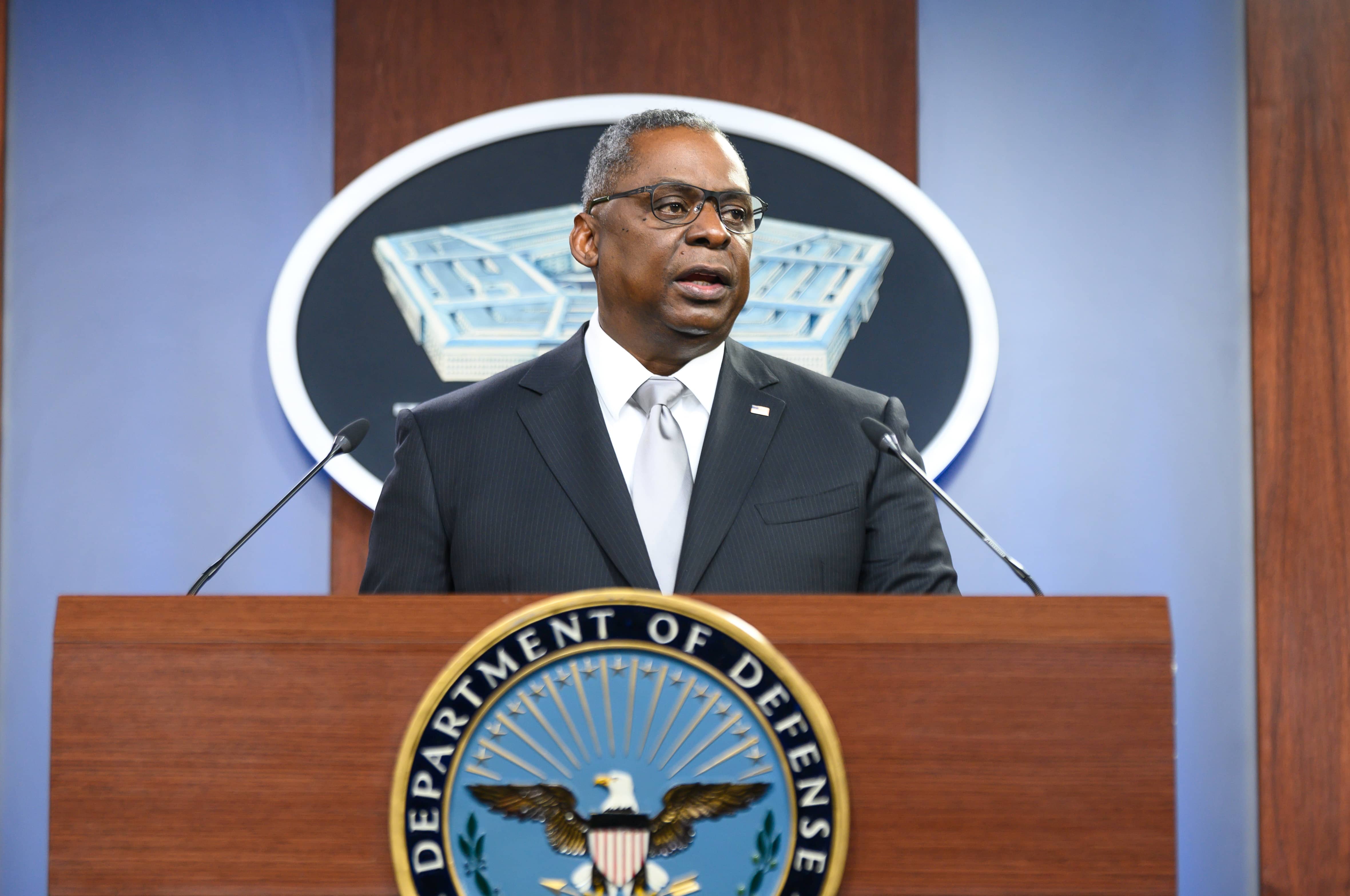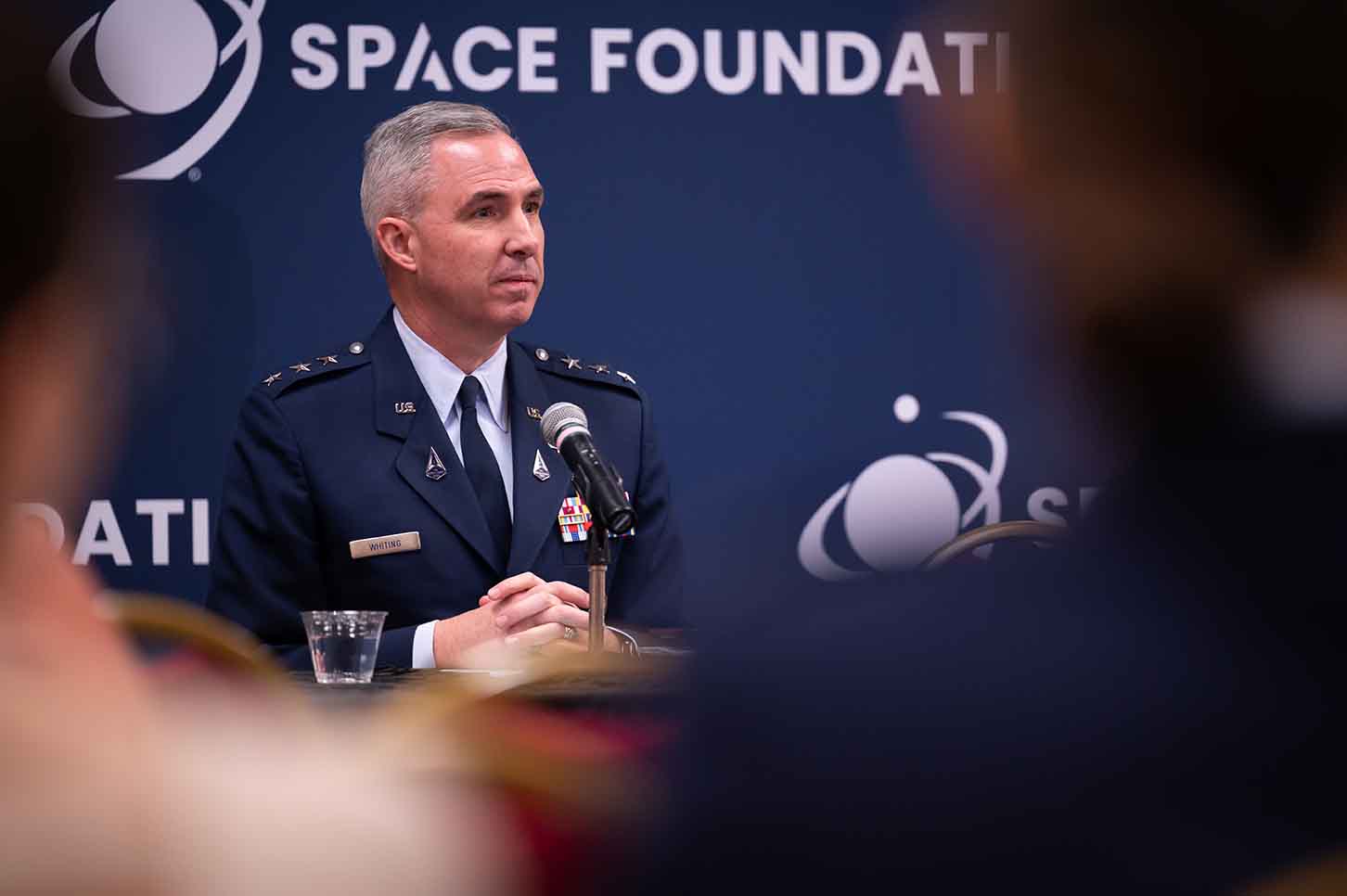A soldier wears virtual reality glasses; a graphic depiction of a chess set sits in the foreground. Illustration created by NIWC Pacific.
The United States Department of Defense (DoD) is making significant strides in adopting cutting-edge technologies, particularly in the realm of artificial intelligence (AI), as highlighted by a senior Pentagon policy official, Michael C. Horowitz. Horowitz, serving as the deputy assistant secretary of defense for force development and emerging capabilities, emphasized the DoD's progress in a recent AI policy discussion hosted by the Center for Strategic and International Studies in Washington, D.C.
The key to the Pentagon's enhanced ability to field new tactics and technologies lies in recent organizational and strategic updates. This approach encompasses a continuum of activities stretching from initial science and technology investments to the actual fielding of capabilities. Horowitz pointed out that under the current administration, initiatives have been launched at every stage of this continuum, marking a holistic approach to technology adoption and integration.
A central aspect of these advancements is the focus on artificial intelligence. Recognizing AI's potential to transform military operations, the DoD has established the Chief Digital and Artificial Intelligence Office. This office is tasked with overseeing the department-wide adoption of data and AI technologies, aligning these advancements with the broader defense strategy.
In November, the DoD released its 2023 Data, Analytics, and AI Adoption Strategy, a critical document that builds upon and supersedes previous strategies. This strategy, developed by the Chief Digital and AI Office, is an evolution from the foundational work laid out in the 2018 DoD AI Strategy and the revised DOD Data Strategy published in 2020. It represents a comprehensive approach to fielding AI-enabled capabilities, ensuring that U.S. warfighters maintain decision superiority on the battlefield.
The DoD has been actively investing in research, development, test, and evaluation, along with launching new initiatives to expedite experimentation within the department. These initiatives are part of a broader effort to improve the DoD's adoption capacity of AI and autonomous systems, and according to Horowitz, they are beginning to show substantial results.
A critical aspect of the DoD's approach to AI is ensuring trust and confidence in the technology. Horowitz emphasized the department's focus on adhering to international humanitarian law in the development and use of AI and autonomous systems. This commitment extends to the responsible development of autonomous weapon systems, with the DoD updating a 2012 directive to align with advances in AI.
The United States has taken a leadership role in establishing norms for the responsible use of AI in military contexts. This initiative is exemplified by the introduction of a political declaration on the responsible military use of artificial intelligence. The declaration aims to codify norms for AI usage, focusing on commitments to international humanitarian law and appropriate testing and evaluation for systems. As Horowitz noted, 51 countries have signed this declaration, reflecting U.S. leadership in promoting responsible AI norms globally.
The Pentagon's advancements in AI and digital technologies signify a paradigm shift in defense strategy and technology. Through comprehensive strategies, investment in research and development, and a commitment to ethical and lawful use, the DoD is positioning itself at the forefront of modern warfare technology. This approach not only enhances the capabilities of U.S. armed forces but also sets a global standard for the responsible use of AI in military operations.




